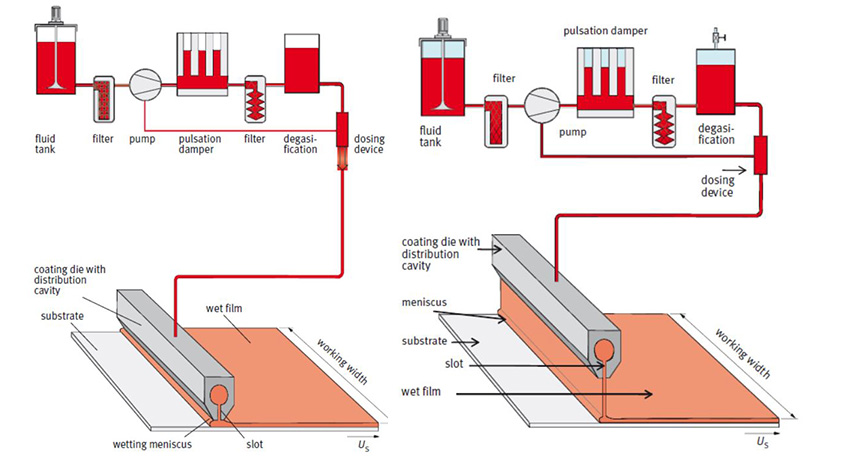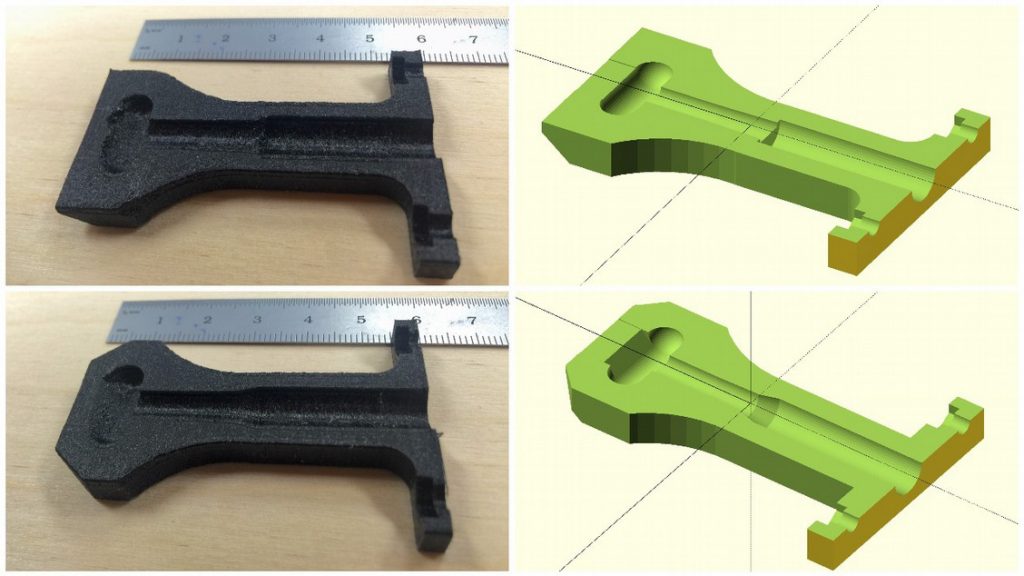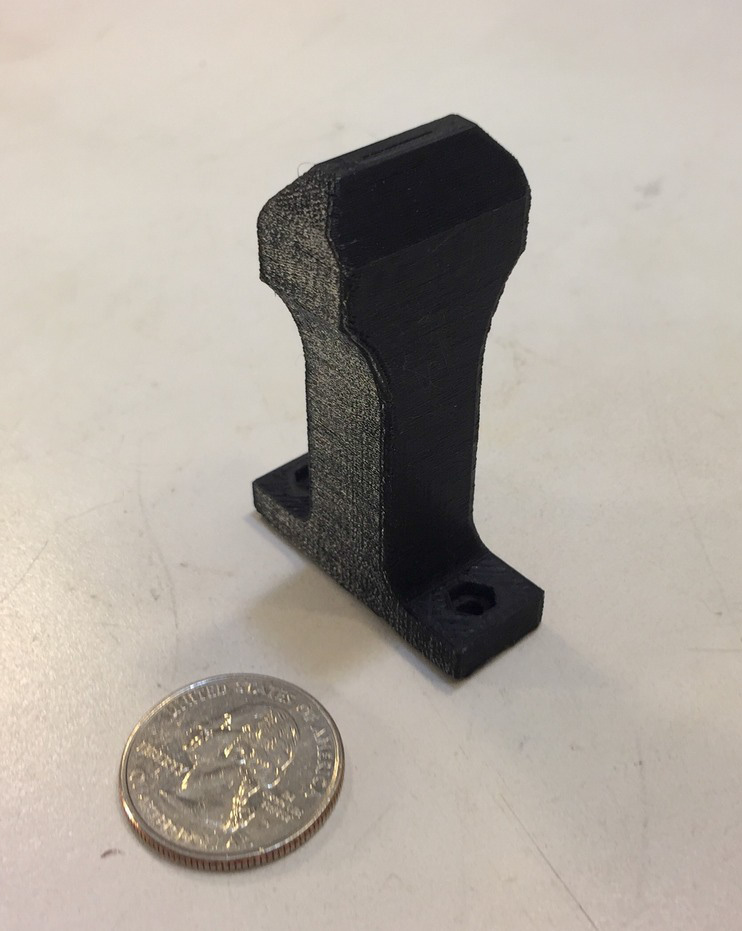Slot die coating is a means of adding a thin, uniform film of material to a substrate. It is a widely used method for the manufacturing of electronic devices – including flat screen televisions, printed electronics, lithium-ion batteries and sensors.
Up until recently, slot die components were only machined from stainless steel, restricting development and making the process expensive. Now slot dies for in-lab experimental use can be made on a 3D printer at a fraction of the cost.
New research from Michigan Tech’s Professor Joshua Pearce, L. Y. Beeker and Adam M. Pringle has made a 3D printed slot die system available for everyone to use, potentially opening the doors on a new wave of truly industrialized additive manufacturing.
As stated in the study’s opening abstract, “Using this method, a cost savings of over 17,000% was obtained when compared to commercial slot die systems for laboratories.”

Built on RepRap
In Pearce, Beeker and Pringle’s study, open-source RepRap 3D printers – specifically a Prusa Research Mendel i1 and Michigan Tech’s MOST Delta – were used both to make components, and to test the finished slot die for its deposition ability.
First, the team performed a solvent test of common 3D printer filaments to identify those appropriate for the slot die. Between PLA, PP, nylon, PETG, ABS, ninjaflex, PC, HIP, PP and PETG came out on top due to their slower rate of degradation. Of the two, PETG was selected for use due to “the ease of printability of the polymer compared to PP.”
A slot die design and supporting carriage was then made matching parameters of a Prusa Mendel i1 3D printer.

True additive manufacturing of thin films
A syringe was added to the Mendel i1 for liquid deposition through the slot die. By changing the extrusion rate, various levels of roughness and thickness could be achieved in the deposited film.
The minimum thickness recorded in Pearce, Beeker and Pringle’s study was just 17 nanometers (nm), and the maximum was 49 nm.
The researchers also demonstrate the ability to deposit films layer by layer with this setup, a “true additive manufacturing” approach.
Potential for 3D printing at scale
The average cost to produce a conventional 50-millimeter slot die is around $3,950. As Michigan Tech’s designs are available on the open science framework, the only cost to potential researchers is generated by the small amount of PETG used in the print (priced on average under $40 for a whole kilogram) and nominal power for the 3D printer.
As the study concludes,
“This process will be useful to researchers studying thin while also creating the potential for low cost, scaled-up manufacturing.”
“Open-source Parametric 3-D Printed Slot Die System for Thin Film Semiconductor Processing” can be read online at Academia. Pearce’s other work includes a study of how to make money with your desktop 3D printer and a thermal study of PLA/metal composite materials.

Nominate the leading research teams in the 2018 3D Printing Industry Awards here.
Subscribe to the 3D Printing Industry newsletter, follow us on Twitter, and like us on Facebook here.
Featured image shows Michigan Tech students celebrateing a massive delta-style 3D printer build as part of a class on Open Source 3D Printing. Professor Joshua Pearce seen center. Photo by S. Bird/MTU, CCBYSA



